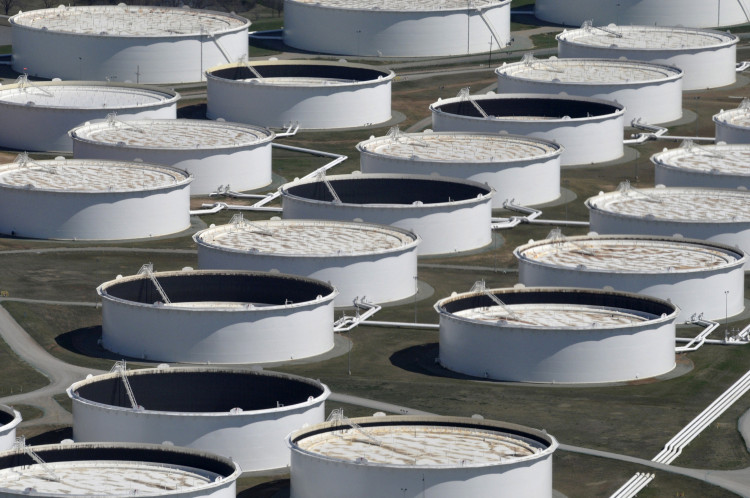U.S. crude oil prices fell sharply on Sunday after OPEC+ agreed to ramp up production in June, intensifying supply pressures that have already driven oil down more than 20% since the start of the year. West Texas Intermediate crude dropped $2.49, or 4.27%, to $55.80 a barrel, while international benchmark Brent crude declined $2.39, or 3.9%, to $58.90 per barrel.
The latest output decision, announced Saturday, commits the group to releasing an additional 411,000 barrels per day (bpd) into the market next month. This follows a similar increase in May, pushing the total near-term supply surge to more than 800,000 bpd. The move has rattled markets already grappling with a weakening demand outlook tied to U.S. tariffs and broader global economic uncertainty.
Sources familiar with the matter told Reuters that OPEC+, led by Saudi Arabia and including non-OPEC allies like Russia, may add up to 2.2 million bpd back into global supply by November if member states such as Iraq and Kazakhstan fail to comply with existing quotas. The June hike alone is nearly triple the 140,000 bpd Goldman Sachs had forecast.
Oilfield service companies are already bracing for reduced capital spending. "The prospects of an oversupplied oil market, rising tariffs, uncertainty in Mexico and activity weakness in Saudi Arabia are collectively constraining international upstream spending levels," said Baker Hughes CEO Lorenzo Simonelli on the firm's April 25 earnings call.
Energy giants are also feeling the impact. Chevron and ExxonMobil both reported lower first-quarter earnings compared to 2024, citing falling oil prices as a primary factor. Goldman Sachs forecasts U.S. crude will average $59 per barrel in 2025, while Brent will hold around $63.
The unexpected production surge underscores a strategic shift in Riyadh, which had long prioritized market stability through supply cuts. Analysts said the change reflects Saudi frustration with poor compliance from fellow producers and a desire to reclaim market share.
"The group will likely approve accelerated hikes for August, September and October if Iraq, Kazakhstan and other laggards do not improve compliance," one source said, noting that the voluntary 2.2 million bpd portion of existing cuts could be fully unwound by November.
Compounding market worries are signs of strained relations between Washington and OPEC+ nations. President Donald Trump, who is set to visit Saudi Arabia to discuss arms and energy policy, has pushed the group to boost output to combat domestic inflation pressures tied to his ongoing trade tariffs.






